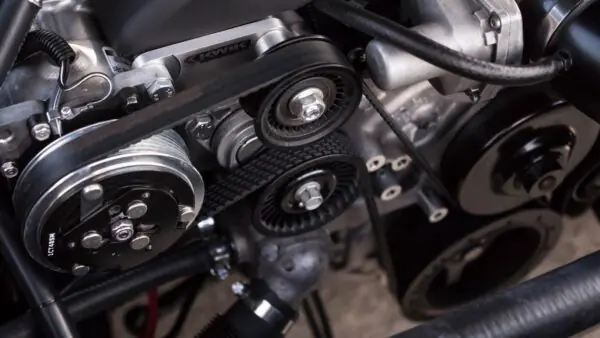Engine coolant, or antifreeze, is a liquid that transmits and removes extra heat combustion produces.
Although many engine coolants exist, the most commercially accessible are 50% propylene glycol or ethylene and 50% water. To determine the proper engine coolant for your car, see your owner’s handbook.
During an engine coolant cleanse, the existing coolant is removed, and the chemical buildup is eliminated (such as rust, sludge, and dirt). The cooling system is then refilled with fresh coolant, which improves cooling system performance by better regulating engine temperature.
The Advantages Of Coolant Flushing
Scale, rust, and other deposits accumulating in the coolant system over time are removed via coolant flushes. Since these deposits can damage your engine or the entire cooling system by causing the engine to overheat, they must be removed. Additionally, modern coolants have lubricating chemicals that help the water pump last longer by lubricating it. An engine flush ensures the antifreeze’s lubricant is in good operating order.
The chemicals that shield the engine from rust degrade as the coolant ages. Rust and impurities thus accumulate in the water pump and motor, degrading energy. An antifreeze flush stops these problems in their tracks.
A coolant flush also enables the maintenance staff to examine other components and systems. These consist of the complete cooling system, including belts, coolant hoses, thermostats, radiators, and belts—these inspections aid in finding problems like leaks and other concerns.
Acidification of ageing coolant can lead to problems. Acidic coolants can corrode and destroy rubber hoses, water pump bearings, and even metal parts in the engine block.
If you like to be more ‘hands-on’ with your vehicle, please browse our extensive library of manuals for your make and model: Repair Manuals

The Need for Regular Engine Coolant Changes
Service staff can tell you whether or not you need an engine flush; you should evaluate your car’s status, functionality, and performance to see if a coolant flush is necessary.
Remember, it’s your car; you would be better positioned to identify problems.
Watch for these indicators to determine when to arrange an engine coolant change:
Ageing vehicle: It’s time for a coolant flush if you haven’t performed or driven your car for five years without one.
Heating Engine overheating is a sign that the cooling system, coolant, or both are not working correctly. To get the heat balance back, you need to flush the coolant.
Temperature-related engine check lights The Engine may be in trouble if your car’s internal thermometer, heat indicator, and check engine light frequently illuminate. A coolant flush will reduce pressure.
As you may expect, each car model and make has a varied maintenance plan. You can find instructions on how often to perform a coolant flush in your owner’s manual (typically once a year).










